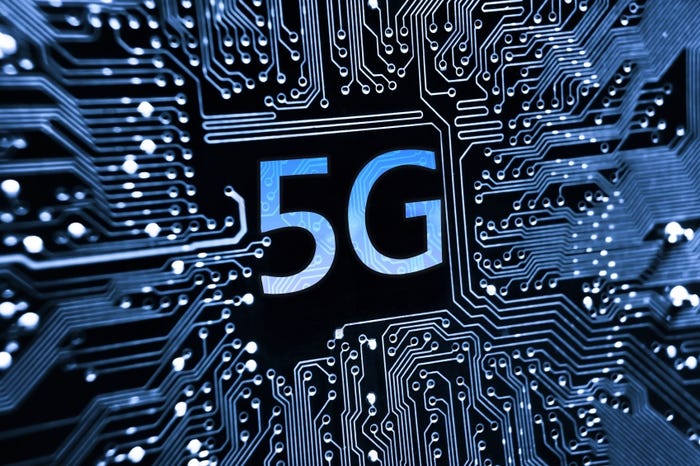5G: Paving The Way For New Paradigms5G: Paving The Way For New Paradigms
5G will integrate compute, storage and communication functions, enabling new services.
January 27, 2016

5G will be much more than a simple technological evolution of current mobile infrastructures. It will be a change of paradigm for all telecommunications and ICT ecosystems. In fact, 5G will assume the form of a dense and distributed “fabric” of computational, storage and communication functions, entering deeply into our socio-economic reality. In the same way, metaphorically, a computer has an operating system -- dictating the way it works and providing services for developing applications -- 5G will have a global operating system (GOS) capable of operating converged fixed-mobile infrastructures.
As we may remember, in computing, the adoption of operating systems started facilitating programs and applications development by providing controlled access to high-level abstractions for hardware resources such as CPUs, memory, storage, communication and information like files and directories. It was a radical change; in fact, before that it was rather hard and complicated to elaborate, write, port and debug programs and applications.
Similarly, the main concept at the basis of the GOS is the definition of the “service,” representing a unifying abstraction across 5G physical resources such as nodes and IT servers for processing, storage and networking across multiple infrastructure domains (DC, WAN, access/edge, terminals/fog) and across different service levels like IaaS, PaaS, and SaaS.
A 5G service, in fact, can be seen as a software entity providing a network function -- for example, from ISO-OSI L2 to L7, so it could also be a network function or a middle-box -- exporting APIs, and being available anywhere and anytime (location-time independent). It should be scalable, elastic and resilient and composable with other existing software components in order, for example, to create a service chain. Services are executed in 5G infrastructure slices, which are made by sets of logical resources such as virtual machines connected through virtual networks.

5G-network-chip.jpg
Another driver for the GOS is the need to achieve a high degree of automatism in the 5G operational processes, thus limiting manual intervention in the infrastructure. Scalability requirements will dictate the adoption of new technical solutions, such as publish and subscribe mechanisms and real-time configuration of nodes, that will be equipped with standard interfaces such NetConf/Yang for instance. The GOS should also provide a certain degree of independence between 5G and the business support systems that make use of it and also will have a spectrum of orchestration capabilities.
The term orchestration has long been used in the IT domain to reference the automated tasks involved with arranging, managing and coordinating services deployed across different applications and enterprises. In these contexts, orchestration also involves optimized management of IT resource pools to guarantee adequate performance during service provisioning. In the 5G infrastructure, the scope of orchestration has been enlarged to cover network services, with comprehensive operations of both IT and network resource pools.
Eventually 5G will “reduce” the space-time dimensions of our society and economy with radically faster access, larger bandwidth -- an increase of 2x to3x orders of magnitude -- and lower latency of up to 1 millisecond. Provisioning services will become equivalent to installing and executing software apps onto 5G's GOS. This will pave the way to new paradigms such as “anything as a service:” A wider and wider set of ICT services offered by means of new 5G terminals, even far beyond our imagination. Think 5G-enabled intelligent machines, robots, drones and smart things. Imagine, for example, 5G services for improving industrial and agricultural efficiency, enabling decentralized micro-manufacturing, improving efficiency in private-public processes, and creating and maintaining smart environments.
About the Author
You May Also Like




